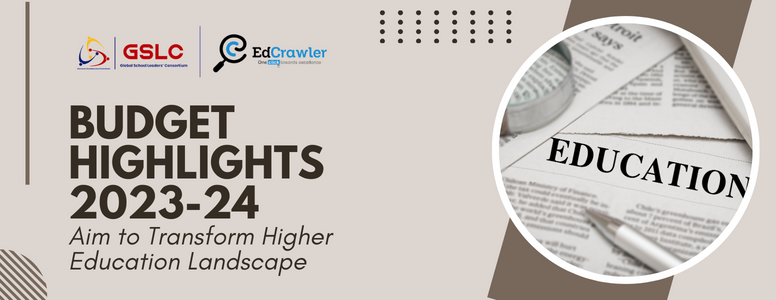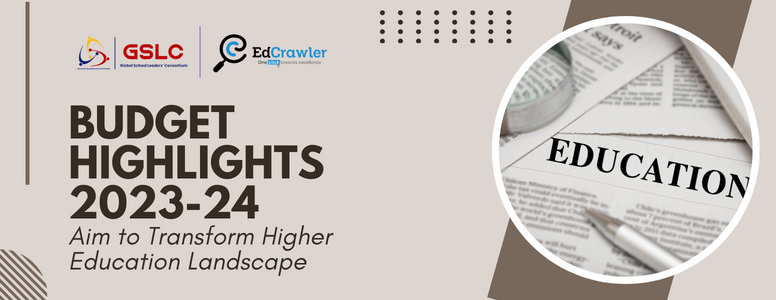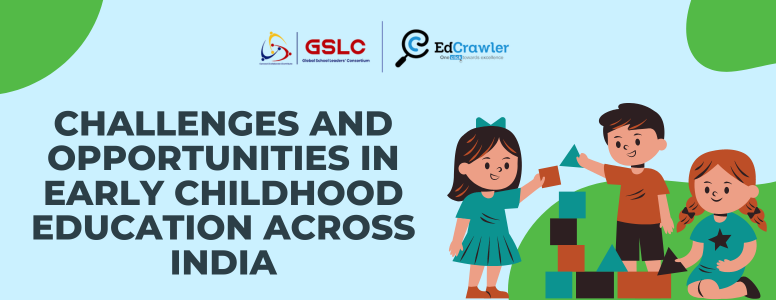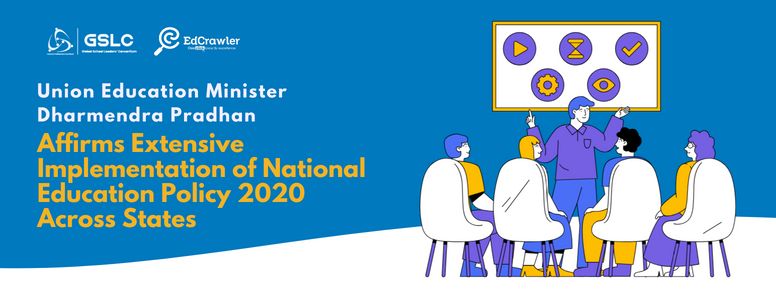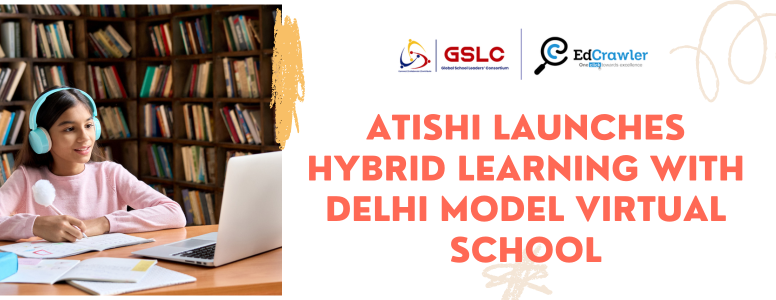Navigating the Educational Landscape in India: Enrollments Surge Amidst Persistent Challenges

The Economic Survey for the fiscal year 2022-23 has unveiled a positive development — a notable increase in school enrollments across various educational levels in India. However, this upward trend also reveals a concerning reality — a significant portion of children still lacks access to formal education. While the surge in enrollments is a reason for optimism, simultaneous reports highlight the persistence of millions of children who are not part of the formal educational system.
Recent data from the Union Ministry of Education indicates that 12.5 lakh children are currently excluded from the structured schooling system. Experts, however, caution that this figure may underestimate the true extent of the issue, pointing to earlier surveys projecting up to 30 million children outside the educational system. Even before the pandemic, UNICEF's report underscored the absence of approximately 60 million children from schools in India.
Various factors contribute to the non-attendance of children, ranging from family dynamics and societal constructs to infrastructure inadequacies. Parental attitudes towards education, financial constraints, and community beliefs play a significant role in shaping enrollment patterns. Additionally, issues such as inadequate school availability, safety concerns (especially affecting girls), regional disparities, and community-specific ideologies regarding education collectively contribute to non-enrollment or dropouts.
Despite the apparent increase in enrollment figures, reports like the Annual Status of Education Report (ASER) 2022 paint a concerning picture of insufficient foundational skills among enrolled children. Alarming disparities in reading, mathematical proficiency, and essential subjects highlight the existing challenges within the education system.
Effectively addressing this complex challenge requires a multifaceted approach. This approach involves improving school accessibility, strengthening educational infrastructure, enhancing teacher training, increasing budgetary allocations, and promoting active community engagement. A comprehensive strategy that addresses political, economic, social, technological, legal, and environmental aspects — a holistic perspective similar to the PESTLE framework in management — is crucial.
While ensuring equitable access to education remains a top priority, the need to deliver quality education is equally significant. Addressing the situation of children outside the formal education domain goes beyond academic concern; it stands as a societal obligation crucial for nurturing India's future as a progressive and inclusive nation.




